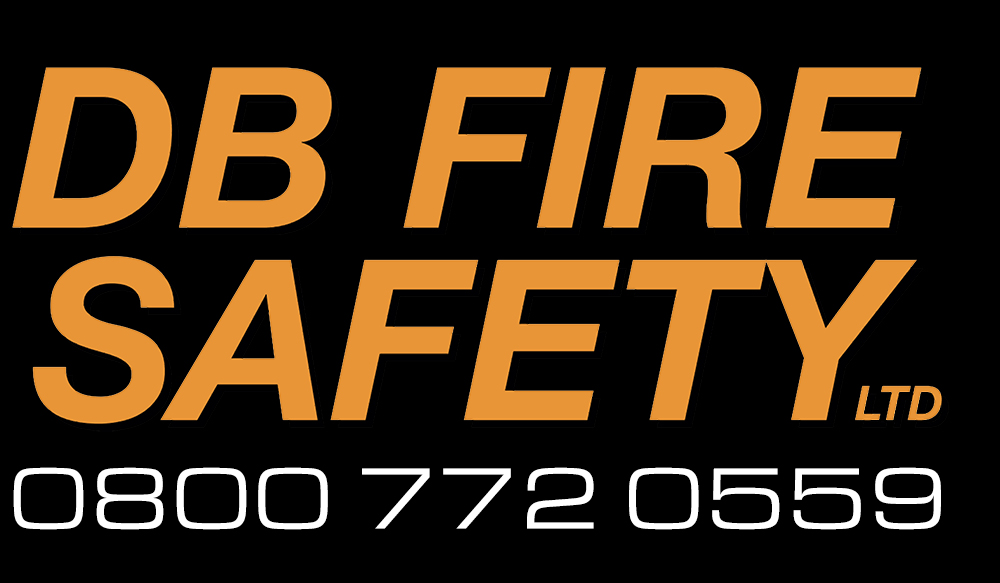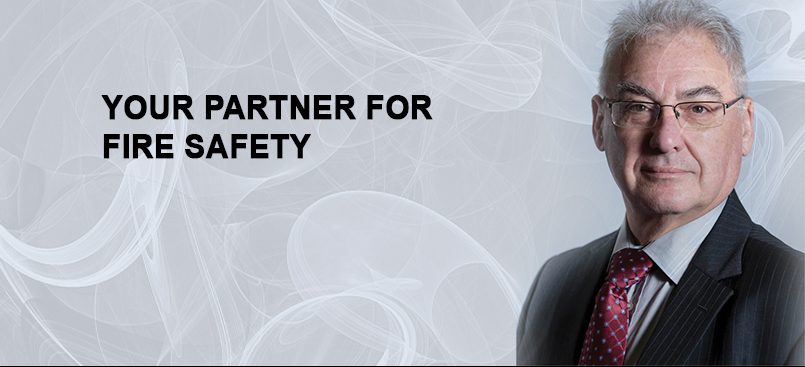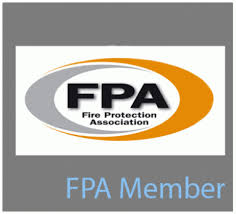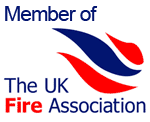LEGISLATION
Legislation requires that Emergency lighting is required for an emergency situation when the main lighting is cut and any normal illumination fails. This could be the result of a fire or a power cut; and could lead to sudden darkness with the possible danger to occupants, either through physical harm or panic.
Although not limited to fire incidents, it is highly unlikely that any Fire Risk Assessment would determine there is no requirement for emergency lights to be installed inside any building. In general, emergency lights should be installed within escape routes and above final exit doors.
It might also be determined that emergency lights are required on the outside of fire exits. This might be because there are potential trip hazards and if the areas would not benefit from sufficient natural light, or any nearby street lighting.
Most new buildings now have emergency lighting installed during construction; the design and type of equipment being specified by the architect in accordance with current Building Regulations and British Standards BS5266.
British Standards BS5266-1 also defines the requirements for regular testing and annual maintenance.. The overall requirement is to provide illumination of a sufficiently high level to enable all occupants to evacuate the premises safely.
TYPES OF EMERGENCY LIGHTING SYSTEMS:
There are three types of emergency lighting used:
Maintained:
The emergency light units are illuminated at all times using the same lamps for both the normal operation and the emergency operation.
Non-maintained:
The emergency light units will only illuminate in the event of a mains failure.
Sustained:
The emergency light units are fitted with one lamp or two sets of lamps. These operate onmains 240V AC supply and can be turned on or off as normal. In the event of mains failure they would operate from the battery backup or generator.
TESTING & MAINTENANCE:
DAILY:
A visual check of any central controls & LED’s – to be carried out by the user
MONTHLY:
A function test by operating the test facility for a period sufficient to ensure that each emergency lamp illuminates – to be carried out by the user
ANNUAL:
A full 3-hour discharge test of all emergency lighting – to be carried out & certificated by a competent service provider.
HOW CAN DB FIRE SAFETY LTD HELP YOU?
We can carry out a survey to assess the sufficiency of your emergency lighting provision and advise accordingly.
This could form part of your Fire Risk Assessment. We can also help in sourcing suitable and competent service providers where necessary or required.
For more information: EMAIL: enquiries@dbfiresafety.co.uk OR PHONE 0800 772 0559




